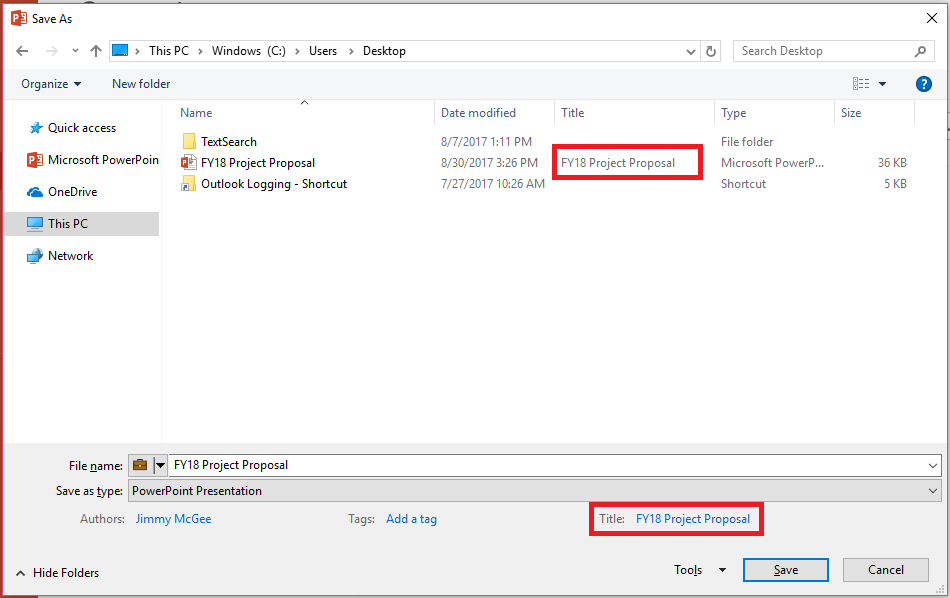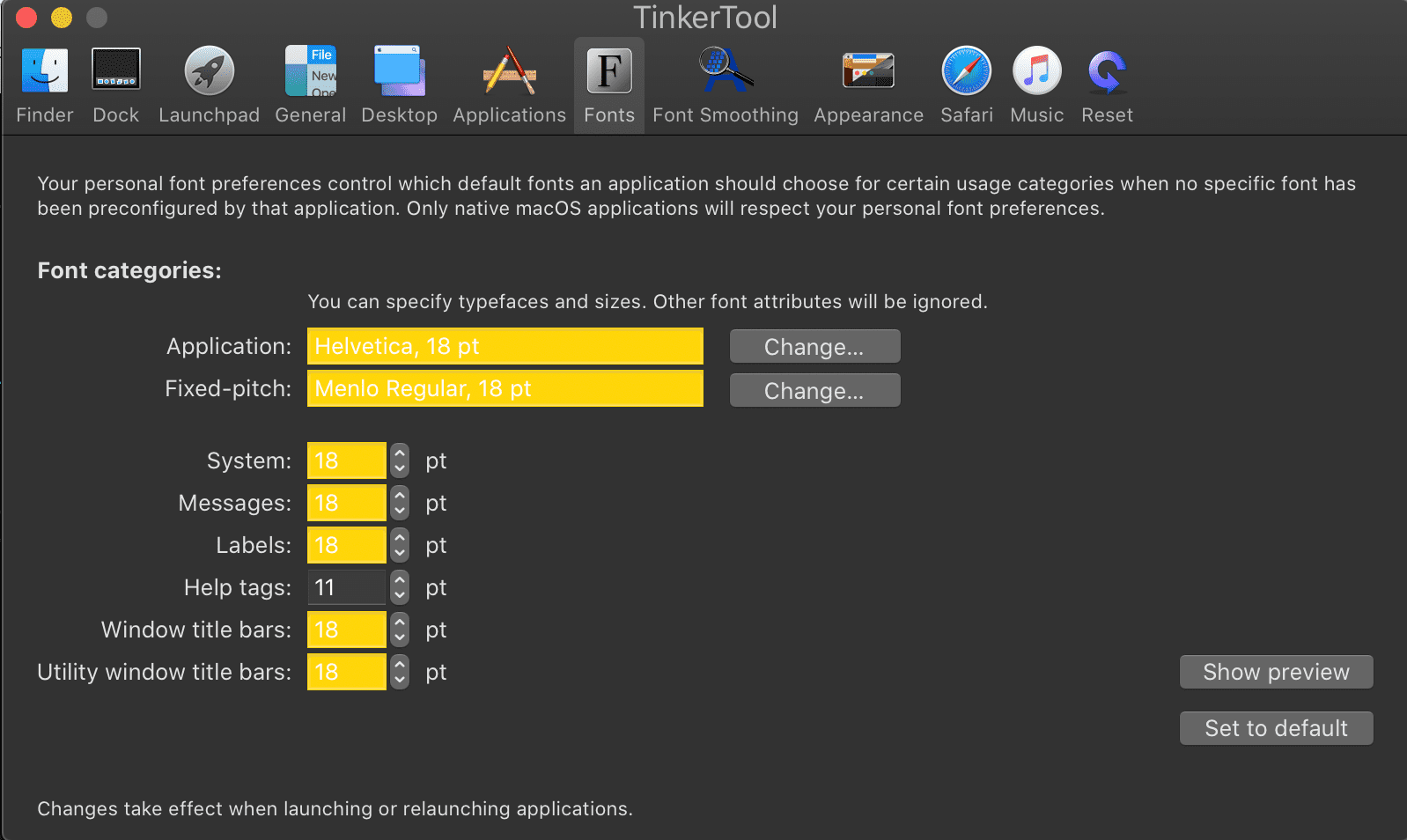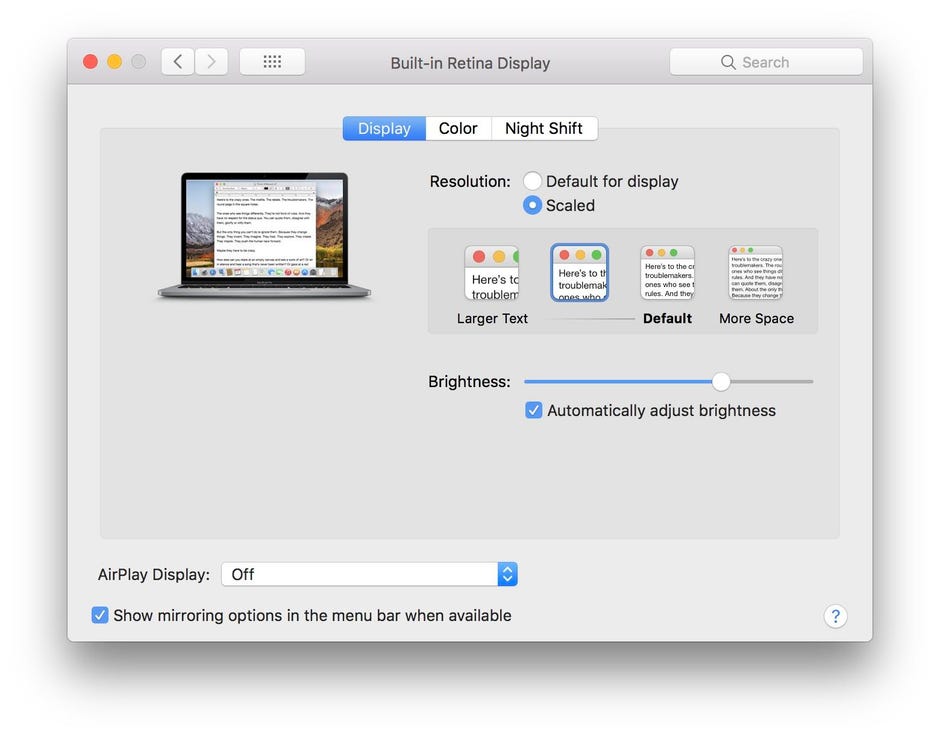
“You still have to use a lot of third-party apps to track women’s health.” “Yeah, sure, added period tracking, but you see some holdover effects of that,” she says. Sara Wachter-Boettcher, author of Technically Wrong: Sexist Apps, Biased Algorithms, and Other Threats of Toxic Tech, tells me that “you still see underinvestment and underdevelopment of those features that are used most often by women.”

The same is true of almost every menstruation-tracking app: They’re designed for marketers, for men, for hypothetical unborn children, and perhaps weirdest of all, a kind of voluntary surveillance stance. It wasn’t designed for anyone who wants to track their period or general reproductive health.
CHANGE THE PERIOD SIZE FOR MAC DOWNLOAD
My floating cloud app was one of these junky, generic options, and the choice to download it was not an educated one it was just whatever the App Store guessed I would want when I typed in “period tracking” more than four years ago. In the health category, this type of app is reportedly the fourth most popular among adults and second most popular among adolescent women. They are mostly glitchy and cheaply made, and the result of opportunists seeing a need and kind of, not really, fulfilling it. And there are hundreds of free, ad-supported, easy-to-use apps that track menstruation and fertility and simultaneously invite users to track their diet, their workouts, their sex lives, their mood, the state of their skin, the smell of their vaginal discharge. To fill in the gaps, there’s a handful of fancy, venture-funded period-tracking apps. Apple’s Craig Federighi announces Apple Health in June 2014. The resulting graphs and data displays are academic-looking and confusing, and most of this data must be collected elsewhere first (there’s no iThermometer or MacMucus, you know, yet). In Apple Health today, users can log not only their menstrual cycles but their basal body temperature, their cervical mucus quality, and results from their ovulation tests.
CHANGE THE PERIOD SIZE FOR MAC SOFTWARE
Because “femtech” is everywhere these days, it’s easy to forget that when Apple Health debuted in 2014, senior VP of software engineering Craig Federighi told users, “You can monitor all of your metrics that you’re most interested in.” This did not, for nearly a year, include period tracking.

This is very much the industry standard - if anything, slightly better than it. At Apple, women hold 29 percent of leadership positions and 23 percent of tech positions, and almost all of those women are white. The “femtech” market is estimated to be worth $50 billion by 2025, but globally, only 10 percent of investor money goes to women-led startups. This has nothing to do with the tech industry becoming pro-woman. In the past three years, an estimated $1 billion of investment has been poured into women’s health technology. I mean, the culture I live in had already done a thorough enough job prompting me to codify myself as a “bad” woman, and now some poorly designed app was telling me I was also bad data.

There was no way to explain to it that something out-of-the-ordinary had happened to my body, and while this wasn’t a huge inconvenience, it did strike me as wildly silly. I had been using the same ad-riddled, ultra-pink app since I bought my first smartphone in 2014, and now I was going to have to delete all of its learnings and start over. When it did, I realized I couldn’t just go back to logging my period as normal: The app would think I’d undergone a cycle more than twice as long as usual and adjust all my averages, rendering all of its future predictions completely useless to me. “25 days late! 36 days late! 41 days late!” it announced, as I waited six weeks for my post-procedure cycle to reset. “8 days late! 9 days late! 10 days late! 11 days late!” the cloud informed me, as the day of my abortion approached. It was very cute, and indeed, two pregnancy tests later, it could be confirmed that I was pregnant - not cute at all.

Its little cloud body drifted across my iPhone screen: “7 days late!” written in friendly blue lettering on its belly. A cartoon cloud told me I might be pregnant.


 0 kommentar(er)
0 kommentar(er)
